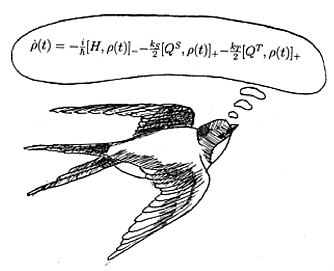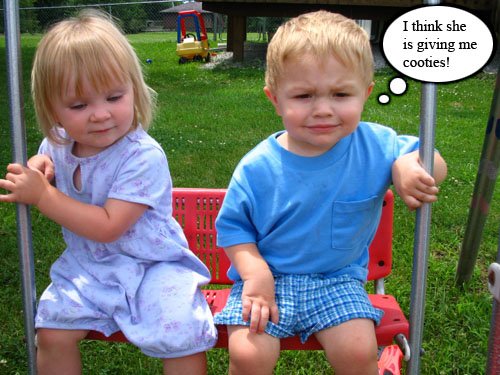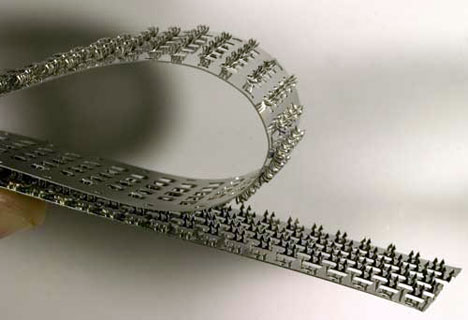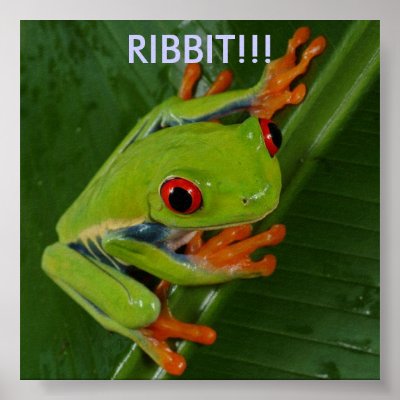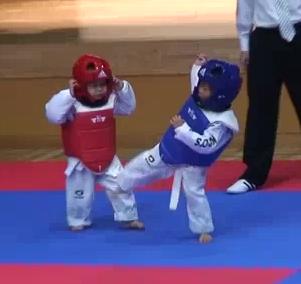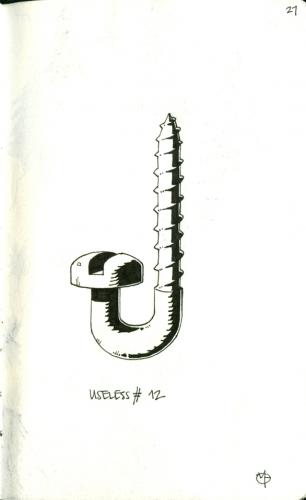
If you've played
Street Fighter, you know that
Guile created sonic boom's to attack an opponent.
In real life, aircrafts, and humans, can in fact break the sound barrier.
Breaking the sound barrier not only creates an audible effect, known as a 'sonic boom', but also a visible effect, seen in the picture above. When an aircraft is moving through the sky, it is pushing air out of the way (creating pressure waves) much like a boat which causes ripples in the water as it moves.
When moving at, and then exceeding, the speed of sound, the pressure waves the aircraft creates compress into one huge shock wave because the air cannot move out of the way of the aircraft fast enough. Since air always has tiny droplets of water floating around, breaking the sound barrier creates a compressed cone of water vapor. That is, during a sonic boom, you can actually see the effects of sound!
It is
theorized that certain dinosaurs, by whipping their massive tails, could also break the sound barrier.
I mentioned in the beginning that humans can also break the sound barrier. It is true. Whenever one cracks a whip, you are causing the end of the whip to move faster than the speed of sound, thus creating a 'cracking' noise.
Here's a
video of a plane breaking the sound barrier. And
one more.














